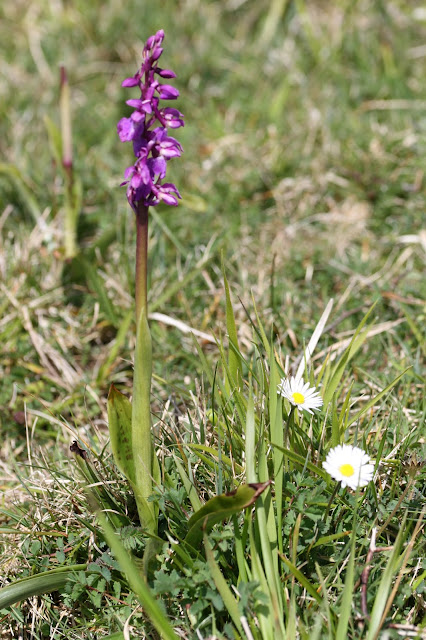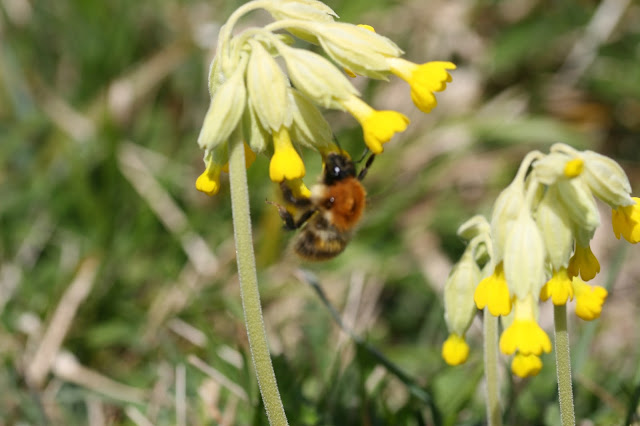Early doors at Pat'sPool. A distant Temminck's Stint, but well lit and good views, then a selection of waders - Greenshank, Ruff, Little Ringed Plover, Black Tailed Godwit, Dunlin, Common Sandpiper, and of course Avocet and Redshank but those pass unnoticed now. A White Wagtail in the corner, and a spectacular Marsh Harrier over. Then everything went up, or off, as a Peregrine came over. Later a Hobby had a similar effect.
On to Titchwell and a packed Parinder Hide. Both stints are here today hidden on the far bank of the near island. One emerges, but which is it? We almost take a vote, but the consensus is Little Stint; black legs, rufous in the back, slightly tatty breast patterning. Then someone points out that the Temminck's Stints are sat in front of us, and indeed they are; like mini Common Sandpipers, dull grey-green. Fantastic views. Less than fantastic photos below.
Just time for Red Crested Pochard from the screen by the Fen hide, and then onto Cholesely Drying Barns. There are some other birders, and we peer through the hedge. A Dotterel, barely visible in the dip of a ploughed field. Then another, and as our eye gets in we get to 13 Dotterel. Great views, less than great photos.
The stand out birds of the day were the Ruff. About 6 males in total plus one Reeve. The males all in spectacular breeding plumage. On return I dug out my copy of "The Ruff" by Johan G Van Rhijn, one of the Poyser series. I recall something about the colours of the ruffs signifying social status; that the black ruffs are dominant at leks, that the white ones are pages to the dominant males, and the more pages a dominant male has the more successful it is at breeding, and there are a third group of males who go from lek to lek challenging the dominant males. However on re-reading it is not as clear as this. The colour combinations of ruff and ear coverts are not fixed or limited, and social position is not fixed. Some pages can step up to be dominant if the dominant male disappears, for instance. This seems to be a current theme of sociology; that we had a phase when we were able to identify rules of behaviour for certain species, but now we find increasingly that, as in humans, social rules of the animal kingdom are there to be broken. Nevertheless, whatever the actual details of the lek, to see the males in that brief period when they have the full mating regalia is really something special.


















